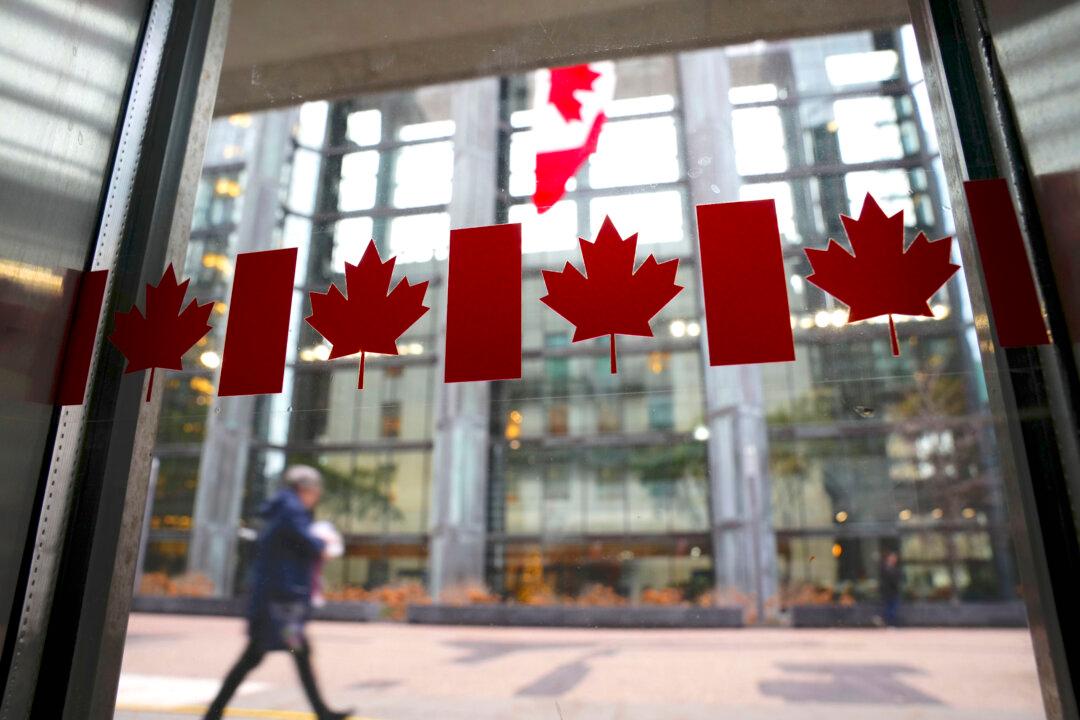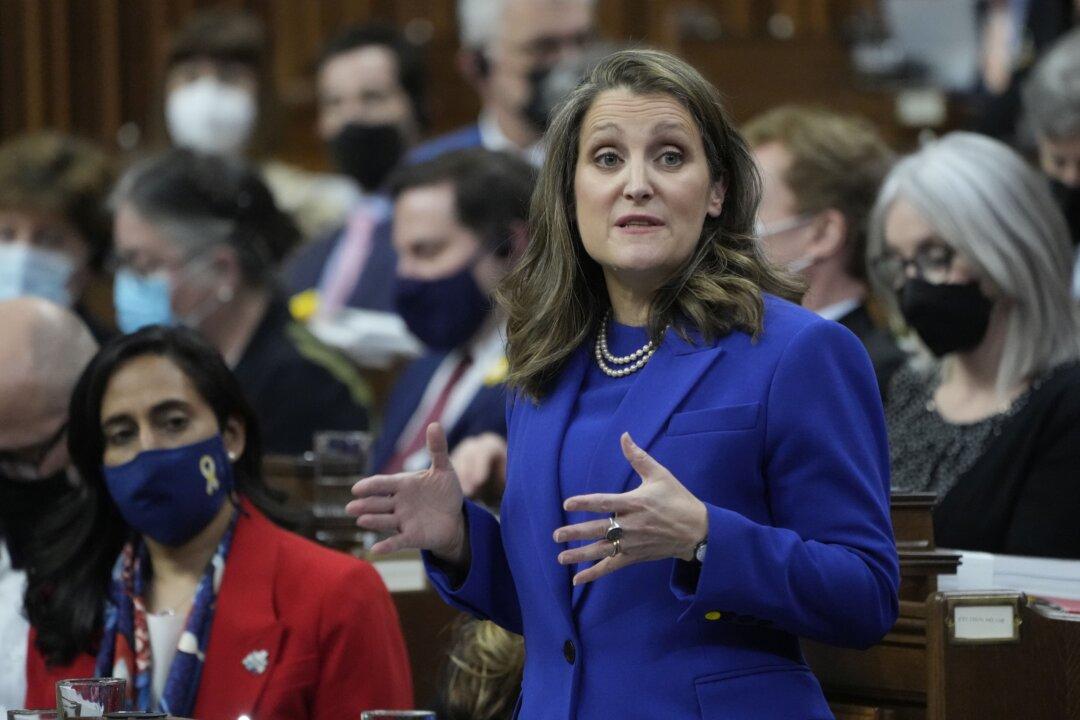Commentary
The late U.S. president Ronald Reagan famously said in the 1980 election that “Recession is when your neighbour loses his job. Depression is when you lose yours. And recovery is when Jimmy Carter loses his.” He went on to win the presidency in large measure because Americans wanted a return to economic prosperity. This raises an interesting question about what the word “recession” means.






